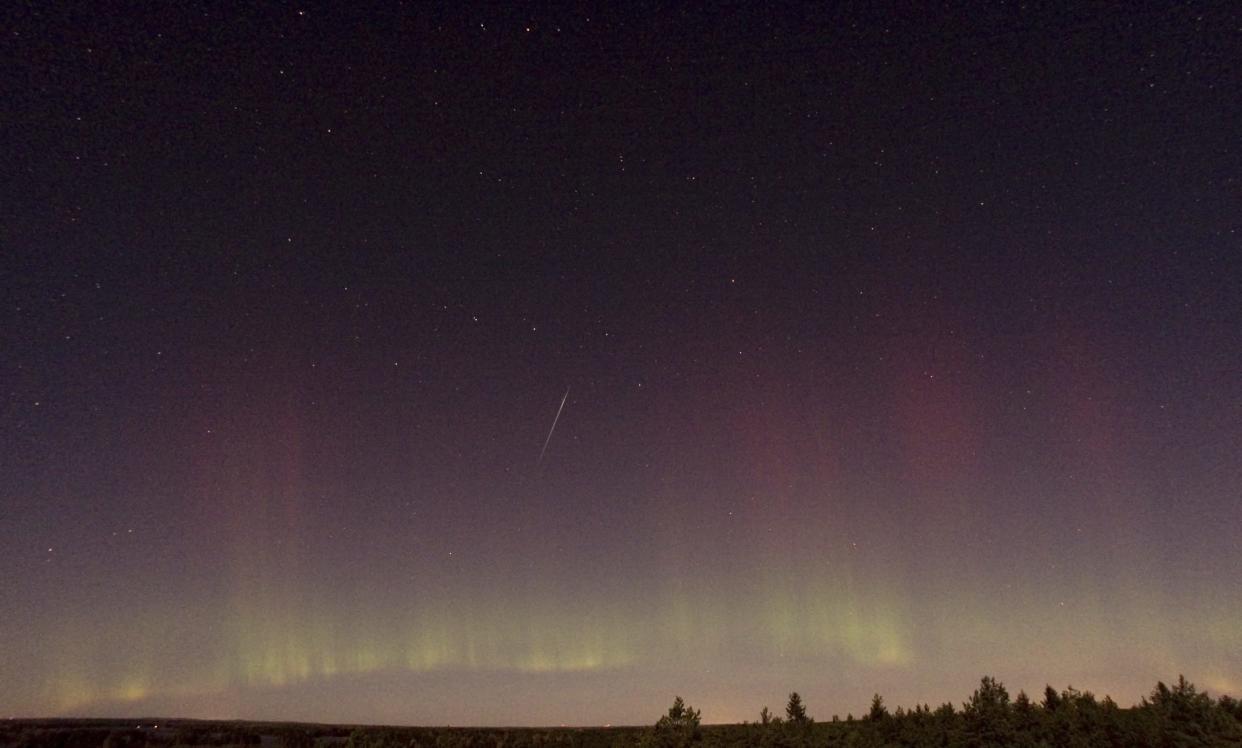How to Watch Shooting Stars This October

If you’re still chasing the euphoria of the Great American Eclipse, and 2024 seems too long to wait, this month’s meteor showers might sate the craving. October is ripe for shooting stars. This Sunday, there’s the Draconid, and then a little later, the main event: the Orionid meteor shower.
Meteor showers show snapshots of the past. As comets course through the sky, they burn up, shedding bits of debris. Those bits burn up as they fall to earth, producing the streaks of light we know as shooting stars. According to NASA, the Draconid meteor shower comes from the comet 21P/Giacobini-Zinner.
The Draconids, so called because they appear around the constellation Draco the Dragon, are expected to peak this Sunday, October 8. The Draconid meteor shower normally only provides 10 to 20 meteors per hour at its peak, but this year meteorologists predict that as many as 600 per hour will fall through the sky towards earth.
As The New York Times notes, when you see a meteor shower, you’re actually seeing the remnants of the comet from the second-to-last time it showed up in Earth’s orbit. So you won't be seeing the remains of the Draconid from last time 21P/Giacobini-Zinner passed through earth's atmosphere, but from the time before.
National Geographic estimates that there are an average of 21 meteor showers per year, mostly between August and December. The American Meteor Society keeps a detailed list of the meteor showers that are visible with the naked eye. And while this weekend's bright moonlight might make the Draconids hard to spot, the Orionids later this month should light up the skies.
After the frenzy of eye care caution surrounding the eclipse and the warnings to under no circumstances look directly at the sun meteor-shower, stargazers can relax. According to The New York Times, it may actually be easiest to watch meteor showers through your own two eyes after letting them adjust to the dark night sky (NASA also regularly live streams the events for the public). If you can, get yourself to a spot away from the noise and lights of a city or town, somewhere where you can see the sky untainted.
For the Draconids, point yourself north.
Then, look up.
No glasses necessary.
Related Articles


